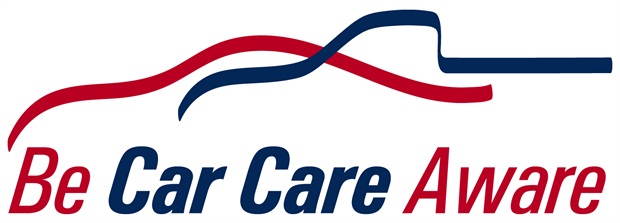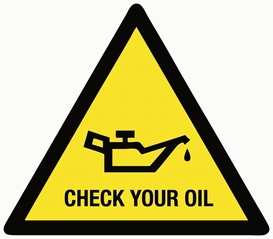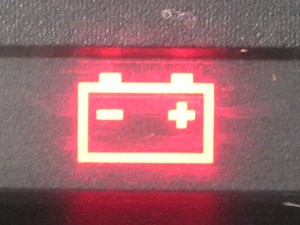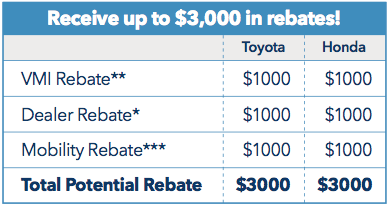
Is your car ready to handle freezing conditions? Frigid temps can take a toll on your car and make winter driving even more hazardous than usual.
Here are a few tips to adapt to winter roads and preparing your car for the extreme cold.
Check the car’s battery
Cold weather takes a toll on batteries and requires a full charge. A battery is 35 percent weaker at 32 degrees and 60 percent weaker at zero degrees.
A load test by a qualified technician can determine whether a car’s battery is strong enough for winter. Keep in mind that if the car started with a jump start, the problem is not fixed and the battery most likely needs replacing.
Starting
Avoid excessive cranking. If the car doesn’t start after 20 seconds of cranking, wait a couple of minutes to let the battery recover.
Tire preparation
Tires should have sufficient tread depth that can handle New England’s winter weather. All-season tires are adequate for most vehicles but to get the greatest traction for both starting and stopping, snow tires are recommended. When considering snow tires, they should be installed on all four wheels
See and be seen
Clear windows, mirrors, and lights with an ice scraper, brush, or a spray de-icer. Driving with a snow-covered windshield, windows, side-view mirrors or lights invites a crash.
Completely clean snow from the roof, hood, and trunk. Windshield wipers and defrosters should be in good working order and washer reservoirs should be filled with no-freeze windshield washer fluid.
Consider specially designed winter wiper blades that prevent snow and ice buildup and improve visibility.
Reduce speeds
Most winter crashes happen from driving too fast for the weather conditions. Remember, everything takes longer on snow-covered roads, including accelerating, stopping, and turning.
Nothing happens as quickly as on dry pavement so allow time to maneuver by driving slowly.
All-wheel drive is best
All-wheel-drive or four-wheel-drive will help to get a car moving, but bear in mind it does little to improve braking. Don’t become overconfident and drive too fast for winter road conditions.
Anticipate stopping distance
In temperatures at or just above 32 degrees, a thin layer of water can cover the ice and cause slippery conditions, especially at intersections where snow and ice tend to melt first. The distance needed to stop on ice at 32 degrees is twice as long as at zero degrees.
Keep the engine cool
Mix certain cooling system antifreeze with an equal portion of water for maximum protection.




 VMI also offers a Rebate for disabled veterans, The Operation Independence Rebate, which is for $1,000.00
VMI also offers a Rebate for disabled veterans, The Operation Independence Rebate, which is for $1,000.00